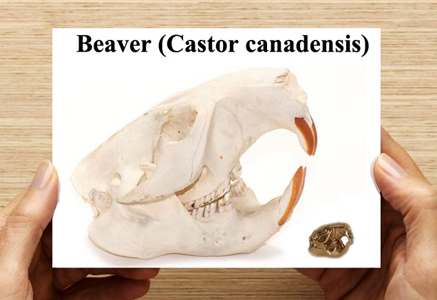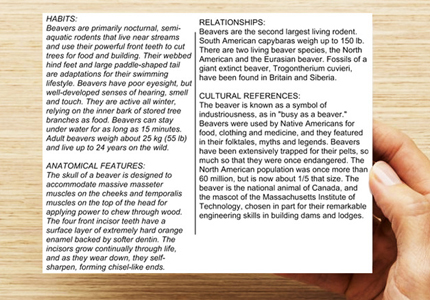After funding his first Kickstarter campaign, Dr. Scott Camazine has hit the crowdfunding site again with another installation of his 3D printed animal skulls. The first campaign allowed Scott to digitally model two-dozen animal skulls using a CT scanner to produce a range of 3D printed sculptures. With Scott’s new installment, Skulptures, the doctor is focusing his vision directly into a line of jewellery and miniature displays.
Now that Scott has all of the animals modelled, he’s ready to have silicon moulds made from his metal masters for lost wax casting. Backing his campaign means that he’ll be able to send his 3D printed models to a local foundry specializing in casting for the jewellry industry. It also means that you’ll be purchasing small, highly-detailed sculptures of a number of animal skulls in bronze, brass, sterling silver and 14K gold.
The skulls come with small loops to be worn as pendants, but can also be displayed in a bell jar, if you want to go the Sylvia Plath route. You also receive an informational card that gives you information about the animal, which I think is a neat touch.
I’m not writing this post in order to help Scott reach his KS goal because he’s already reached it, exceeding his modest $4,000 by $720 at the time of this writing. Instead, I’m writing this to draw attention to the method of casting that Scott’s project uses. Because CT scans generate such highly detailed 3D models and 3D printing allows those models to be replicated in such fine detail in the physical world, the two technologies allow for the production of great moulds for lost wax casting. After backing his last campaign, I received an exquisite crocodile skull that really highlights the resolution possible with 3D printed nylon.
What I might propose for Scott’s next project is the use of PLA for casting. It’s been done before and it may lead to a more efficient process. You can hear more about Scott’s project in the video below or by heading over to his Kickstarter page.






